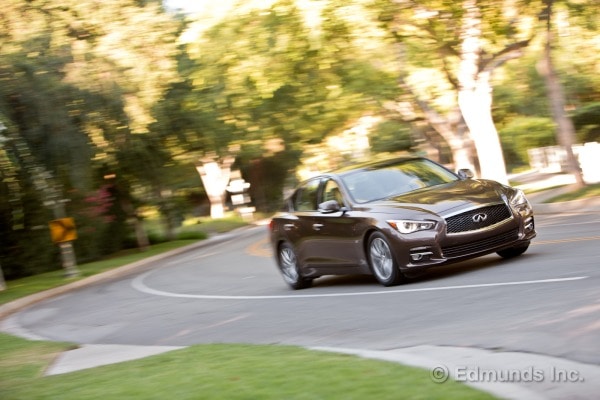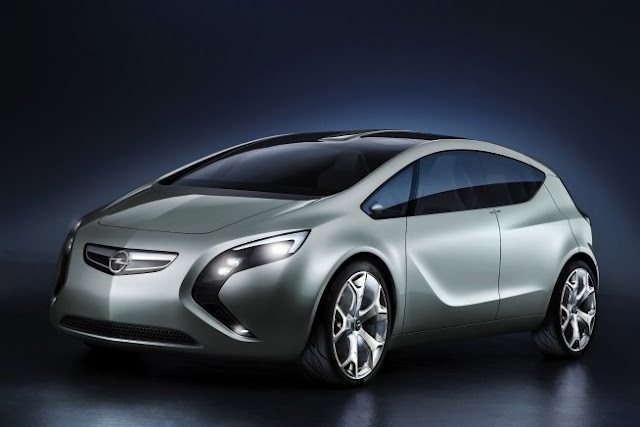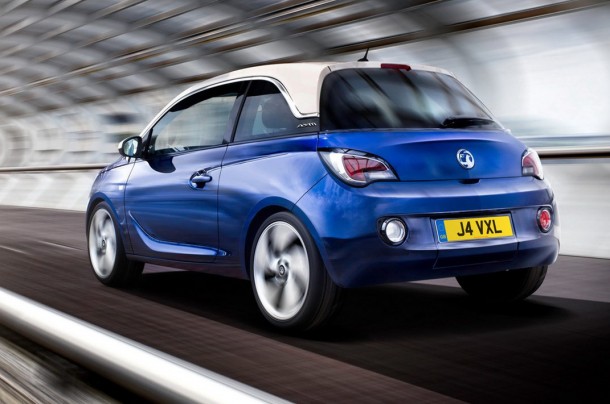(3.7L V6 7-speed Automatic)

2014 Infiniti Q50 - Action Front 3/4
The Q50 is the next generation of the G37 with a different name.Coming up with clear automotive model nomenclature is a thankless job. Names are hard to conjure up and nearly all the letters in the alphabet are taken.
Infiniti was at a point where its current system had become unsuitably awkward, so it binned the whole approach and started over. This is why the 2014 Infiniti Q50, while bearing a brand-new badge on the rump, is a mix of new and familiar parts.
The Q50 is effectively the next-generation G37, but it's not that simple. Infiniti feels like the Q50 is actually a modest step up from the G37 in terms of refinement, style and equipment. "It's the finest sedan we've ever built," company officials like to say.
So it's not a direct replacement in the traditional sense, but a whole new idea of what the company's midrange sport sedan should be.

Major Changes to a Familiar Car
Like the G37, the Q50 will be offered in rear- or all-wheel-drive variants, now separated into three trim levels (base, Premium and the zoomier S). New wrinkles in the G/Q transition include the availability of the Q50 Hybrid, and the fact that no Q50 configuration will include a manual gearbox.
Blame for the latter can be spread equally among consumers and Infiniti. For their part, buyers shunned manual-equipped Gs. On the flip side, Infiniti offered them half-hearted manual gearboxes that only soured the people that did give them a shot.
Our Q50 test car was a rear-wheel-drive Premium model equipped with only two options, leather seating and navigation. Infiniti said this was a typically equipped configuration so its sticker price of $42,805 is close to what you'll see at dealers.
Tiresome Tires
The Q50's overhauled body is 2 inches wider and rides on the same wheelbase as the G37. It's also underpinned by a new rear suspension and wider rear track. Both are notable changes, yet it's the decision to adopt run-flat tires across the board that arguably has the most influence on the way the Q50 drives.
In our case, the Q50 rolled on 225/55/17 all-season Bridgestone run-flats that were hopelessly overmatched by the chassis. There is so little grip that it's as though somebody accidentally mixed clay into their carcasses instead of silica. As a result, when given the mere suggestion of spirited cornering, the front tires protest audibly and early before washing out into understeer. This lack of enthusiasm was reflected in its meager skid pad performance of 0.79g and lackadaisical 60.9-mph slalom result.

Curiously, the Q50's ride quality dispatches truly bumpy pavement well, but is slightly fidgety on roads with prominent irregularities. It's not that the Q50 rides poorly — it doesn't — it's just that the busy-ness never quite settles out on freeway drives.
This would be a totally reasonable ride-handling tradeoff were this a red-blooded sport sedan capable of demolishing back roads with impunity. But the Q50 in non-S trim like our test car is not that car, and the reason hinges largely on its tires. If you want summer tires — and our experience indicates that you should — you need to step up to the Q50S.
Outstanding Powertrain
So, our Q50 tester gives up more handling than it gains back in ride quality. But it's still quite a pleasant car in which to spend time. The hydraulic steering (Infiniti's Direct Adaptive Steering steer-by-wire system was not present on our test car) is wonderfully precise and builds effort naturally as you turn around center, even if its effort overall is a shade light. Noise levels have also been dialed back on every front.

Its 3.7-liter V6 and seven-speed automatic powertrain, while largely carried over, remains a standout. The V6 boots the 3,603-pound sedan forward with such authority that you might mistake it for a V8. It's tremendous. The stats alone of 328 horsepower and 269 lb-ft of torque don't sufficiently convey its hugely flexible power delivery, or the rapid rate at which it turns that truck lumbering in your lane into a dot in the Q50's mirror.
That power is backed by a sharp, capable transmission calibration that's not afraid to drop a few gears and tap into the engine's ability to rev. In our testing the Q50 finished the 0-60-mph sprint in 5.5 seconds (5.2 with one foot of rollout like on a drag strip) and ran the quarter mile in 13.7 seconds at 102.8 mph.
The brake pedal is slack-free and offers excellent modulation around town. Drop the anchors as hard as possible and you'll discover another limitation of its all-season tires — the Q50's stopping distance from 60 mph is 123 feet, a far cry from the 107 feet of the summer-tired G37S we last tested.
Looks Better Than Ever, Inside and Out
Outside, the styling trades the soft, amorphous forms of the G37 for a far more sinewy stance that recalls its M — soon to be called Q70 — stablemate. To our eyes, the new sheet metal is a big step forward and its tip o' the hat to the Essence show car, one of the dead-sexiest show cars in quite some time, was wisely considered.
The cabin, too, sees upgrades in materials and presentation which make it a more noticeably more luxurious space. There's a bit more shoulder room inside as well, a result of the Q50's greater width. Six-footers can sit in back comfortably without brushing their heads, so it remains a true five-passenger sedan.

There's a new center stack that features a double touchscreen interface, one below for the audio/climate controls and one above for the navigation screen. Both are responsive and fairly intuitive, but neither can avoid the usual touchscreen drawbacks of suspectibility to fingerprint smudges and washout on sunny days. Thankfully, there are hard buttons along the side of the screens if you prefer more traditional controls.
The layout is simple, elegant and easy to get comfortable with. Our only real gripe was the standard seats. The base seats of our test car were short of lower thigh support, and the flat bottom induces road butt in just a couple of hours. Upgraded sport seats come with the "S" trim and are likely a noticeable step up.
Almost There
The sticker on our Premium test car was $2,850 more than the base Q50 which undercuts the current G37 Journey by a hair. Suffice it to say that prices have crept upward but not drastically. In the bargain, EPA fuel economy sees an improvement to 20/30 city/highway mpg, a gain of 1 and 3 mpg respectively over the G37.

There are a lot of reasons to like the Q50, as it brings tangible improvements to an already excellent car in virtually every area. Comfort, space, refinement and efficiency have all stepped forward, and the powertrain is terrific. That word "virtually," though, has our curiosity piqued for the S version which promises to put all of the pieces together in a more convincing fashion.










